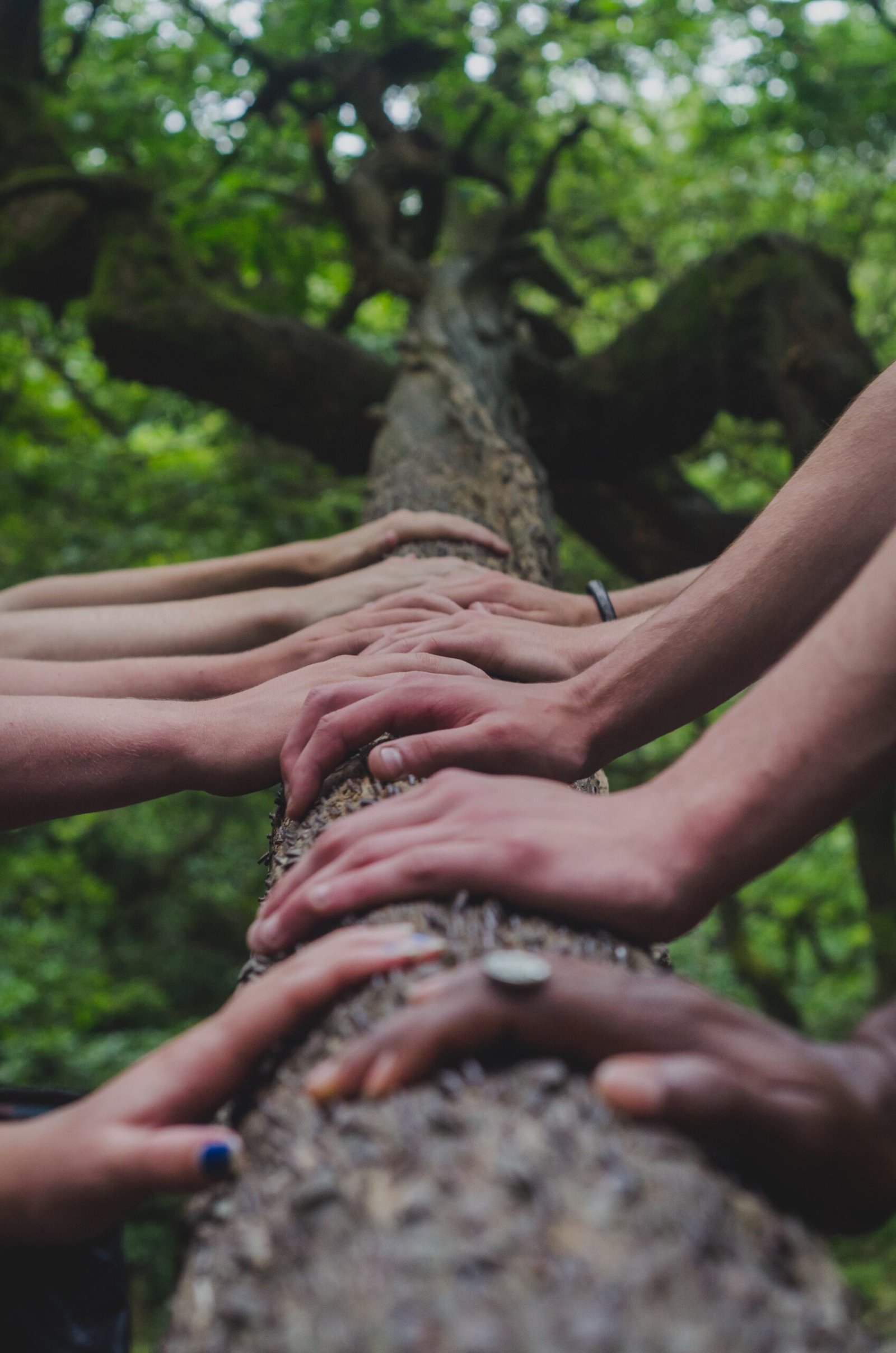
Introduction
Communities are the lifeblood of society, providing a sense of belonging, support, and shared purpose. They play a crucial role in shaping our lives, both locally and globally. Building and nurturing strong communities is essential for fostering social cohesion, driving positive change, and promoting sustainable lifestyles. In this article, we will explore the significance of community development, engagement, sustainability, and impact, highlighting the strategies, success stories, challenges, and solutions associated with community-building efforts.
Community-Building Strategies
Creating a strong community requires intentional effort and strategic planning. One effective strategy is to encourage collaboration and participation among community members. This can be achieved through organizing regular community events, workshops, and forums where individuals can connect, share ideas, and work together towards common goals.
Another important aspect is to leverage technology and social media platforms to facilitate communication and engagement. Online forums, social networking groups, and community websites can serve as virtual spaces for members to interact, exchange information, and mobilize resources.
Furthermore, fostering a culture of inclusivity and diversity is vital for community growth and resilience. Embracing different perspectives, backgrounds, and experiences enriches the community fabric and promotes innovation.
Success Stories: Inspiring Community Initiatives
Across the globe, numerous community initiatives have demonstrated the power of collective action in driving positive change. One such example is the “Green Neighbors” project in a small town, where residents came together to create a community garden. This initiative not only beautified the neighborhood but also enhanced food security, promoted sustainable agriculture practices, and fostered a sense of pride and ownership among the participants.
In another instance, a group of passionate individuals organized a neighborhood cleanup campaign, encouraging residents to take responsibility for their environment. This initiative not only improved the physical appearance of the area but also strengthened community bonds and raised awareness about the importance of waste management and environmental sustainability.
Challenges and Solutions
While community-building efforts can be immensely rewarding, they are not without challenges. Limited resources, lack of participation, and resistance to change are common obstacles. However, these challenges can be overcome through innovative solutions and collective action.
One solution is to establish partnerships with local businesses, government agencies, and non-profit organizations. By leveraging external support and resources, communities can expand their impact and address complex issues more effectively.
Additionally, empowering community leaders and providing them with the necessary training and resources can strengthen their capacity to initiate and sustain community projects. This can be achieved through leadership development programs, mentorship opportunities, and access to funding.
The Importance of Inclusivity and Diversity
Inclusive and diverse communities are more resilient, creative, and adaptable. When people from different backgrounds come together, they bring unique perspectives, talents, and skills, leading to innovative solutions and a broader understanding of complex issues.
It is crucial to create spaces and opportunities for marginalized groups to participate actively in community-building efforts. By ensuring equal representation and amplifying marginalized voices, communities can foster a sense of belonging and address systemic inequalities.
Conclusion
Building and nurturing strong communities is not just a noble endeavor; it is essential for creating a sustainable and inclusive society. Through strategic community development, engagement, and sustainability practices, we can drive positive change, address pressing challenges, and create a better future for all. By actively participating in community-building efforts and embracing the values of inclusivity and diversity, we can contribute to the enduring value of thriving, interconnected communities in today’s society.